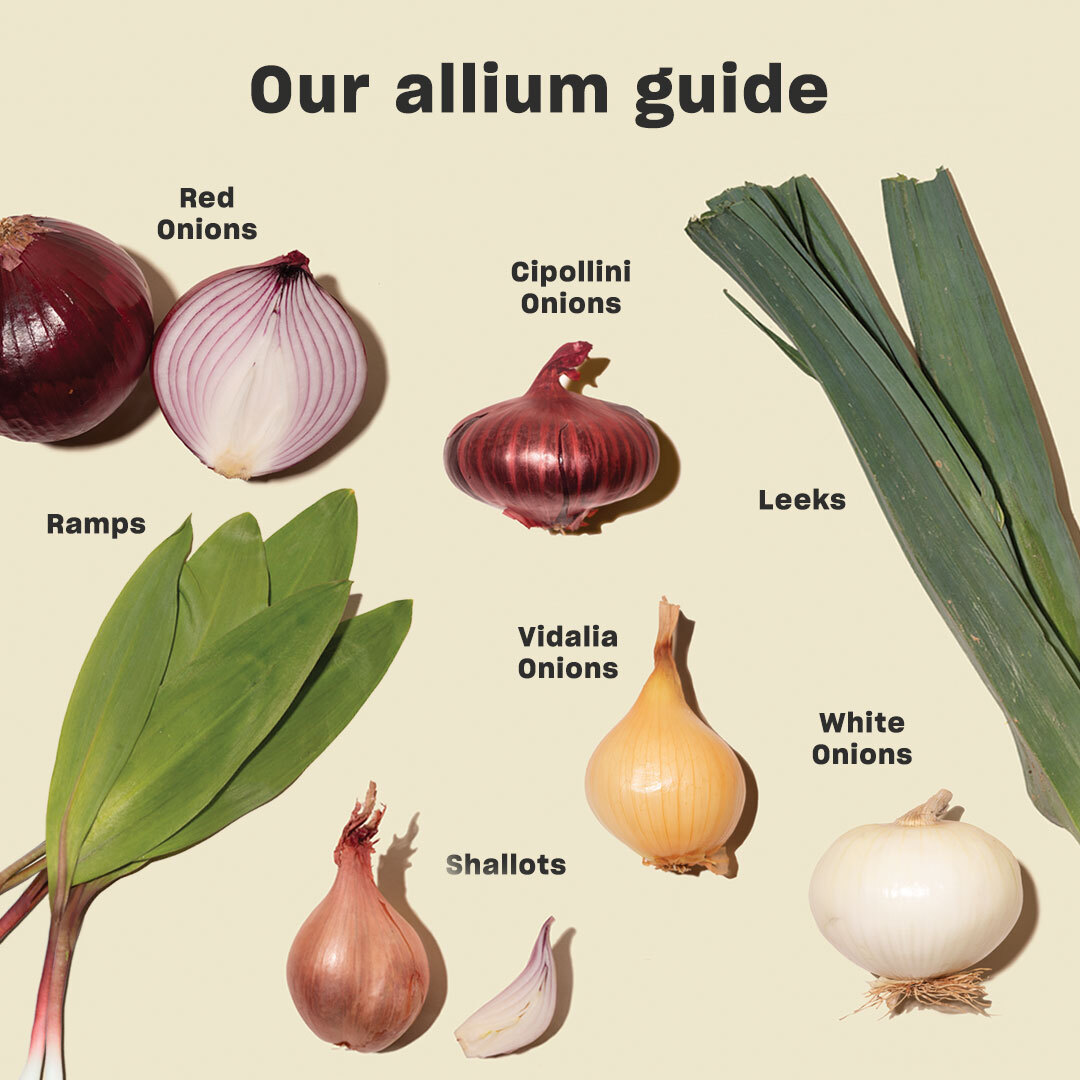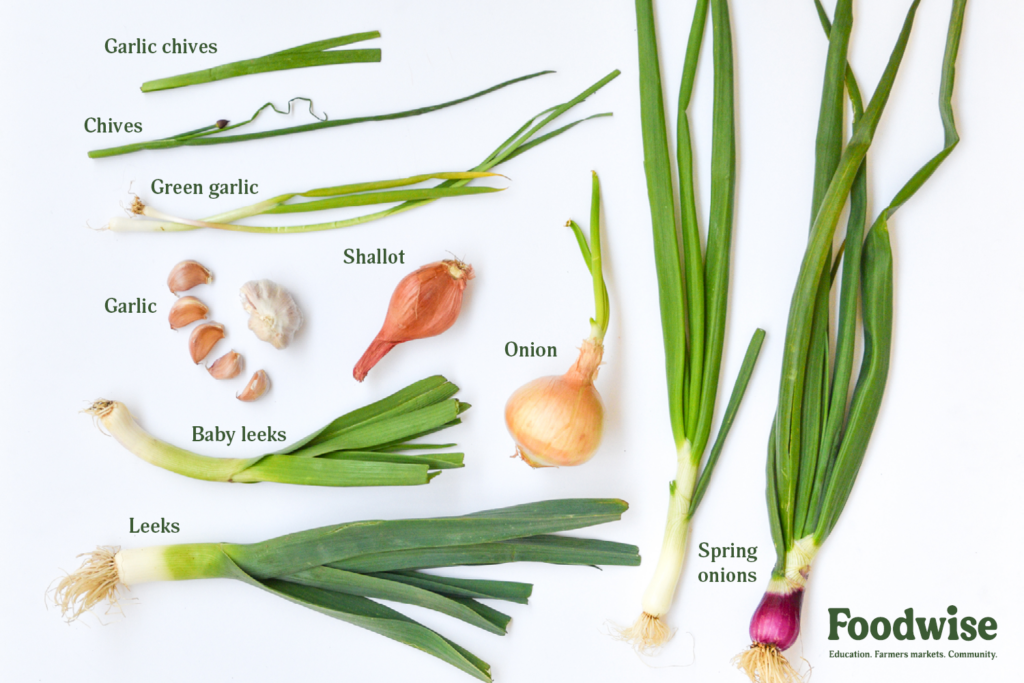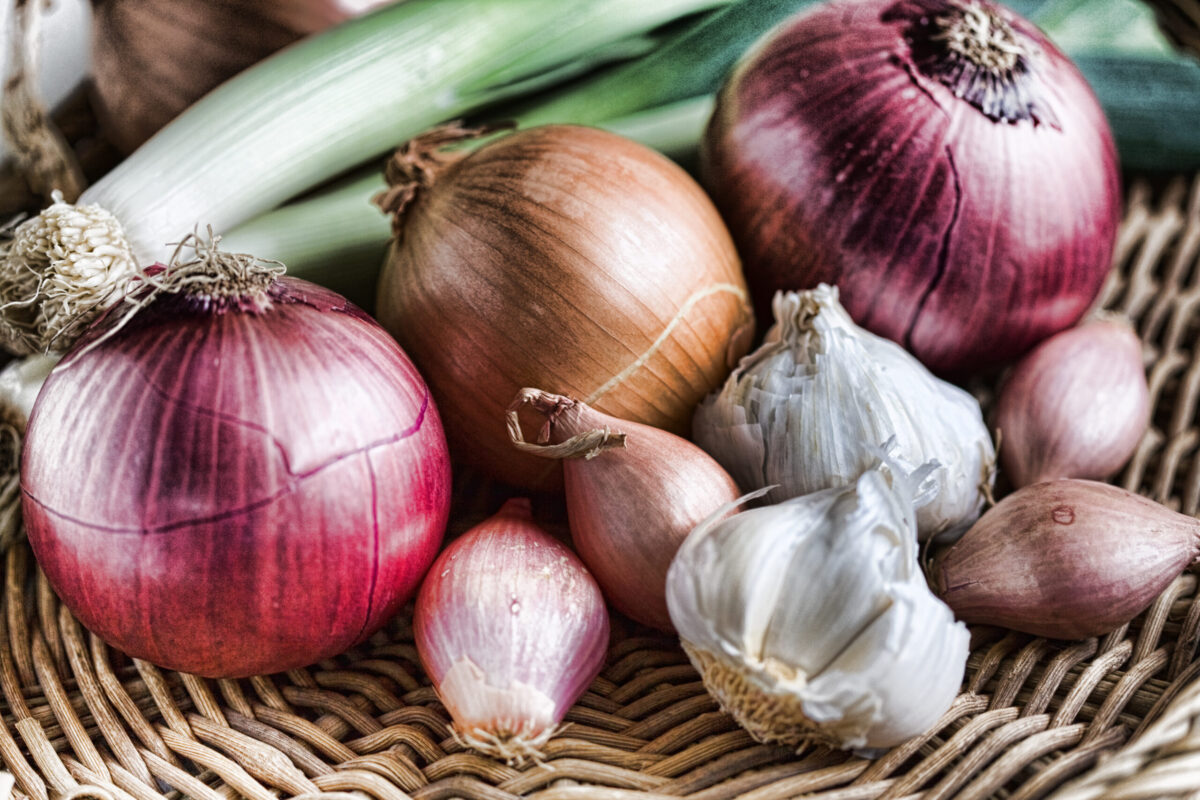Discover Allium Varieties: Your Ultimate Guide to Onions & Garlic Success!

Stepping into the world of alliums feels a bit like revisiting an old friend’s kitchen—warm aromas, layers of texture, and stories that stretch back generations. When I first started gardening seriously, onions and garlic were just “things you cooked with,” nothing more. But as seasons passed and hands dug into soil, I came to appreciate how these plants embody resilience, history, and subtle magic in both garden and kitchen.

Alliums—your onions, garlics, leeks, shallots, chives, scallions—they’re not just ingredients; they’re living connections to centuries of human cultivation and culinary tradition. As someone who’s learned through early mistakes (like planting my garlic cloves upside down or overwatering onions until they rotted!), I want to walk you through their fascinating world gently and thoroughly. Together, we’ll build confidence brick by brick so your own allium journey becomes as rewarding as mine has been.
What Exactly Are Alliums? Unlocking the Family Secret
It was a surprise to me when I first understood that onions and garlic share the same botanical family: Allium. This genus includes over 900 species worldwide! Beyond their pungent smell lies a shared biology: bulbous roots or thickened stems for storing energy; long layered leaves that unfurl like ribbons; and those sulfur compounds that give us tears chopping onions but also powerful health benefits.
Here’s a glimpse at the core family members you’ll encounter:
- Onions (Allium cepa): The versatile workhorse of kitchens everywhere—from sweet Vidalias to spicy reds.
- Garlic (Allium sativum): Bold flavor with medicinal reputation stretching back millennia.
- Leeks (Allium ampeloprasum var. porrum): Gentle onion cousins with tall green stalks and subtle sweetness.
- Shallots (Allium cepa var. aggregatum): Small bulbs packing delicate flavors ideal for refined dishes.
- Chives (Allium schoenoprasum): Perennial herbs with mild onion whispers perfect fresh.
- Scallions/Green Onions: Immature onions harvested young for crunch and color.
I think of them like an extended family reunion—each member distinct yet unmistakably related. Understanding this helps you appreciate how their growing needs vary but also overlap.
Why bother? Because these plants aren’t only flavor powerhouses; they carry proven health properties such as anti-inflammatory effects and cardiovascular support. Plus, centuries-old lore paints them as protectors against evil spirits or healing aids—a beautiful reminder of how deeply intertwined they are with human culture.
Starting Your Allium Adventure: A Step-by-Step Growth Blueprint
I remember my earliest attempts—overcrowding onion sets in poor soil or planting garlic too shallow because I wasn’t sure what depth really meant. With patience and trial came clearer strategies I’m eager to share now so you start off strong.

Step 1: Choose Varieties Tailored to You
Your local climate shapes your best bets greatly:
- In cooler zones with short summers like mine in Zone 5? Early-maturing onions such as ‘Red Baron’ shine; porcelain hardneck garlic varieties overwinter reliably.
- Warmer climates can indulge in long-day onions or softneck garlic better suited for milder winters.
Consider what you'll cook most often:
Want fresh crunch? Scallions or chives will reward your efforts quickly.
Need bulbs that store through winter pantry gaps? Pick robust storage onions or hardneck garlic types.
Patience is key here—shallots take longer but reward with rich complexity if you have the time.
Step 2: Build a Welcoming Soil Home
Soil is their foundation—it needs good drainage yet moisture retention balanced just right. Imagine trying to grow alliums in soggy mud; their bulbs would suffocate like runners trying to sprint through ankle-deep water!
Aim for:
- Loamy soil enriched with compost
- pH between 6.0–7.0—the sweet spot where nutrients flow freely
- Raised beds if drainage is poor in your area
Step 3: Know When To Plant — Timing Is Everything
The planting calendar varies by species but here’s a reliable rule:
- Onions: Plant sets early spring after frost passes; in mild regions fall planting works too.
- Garlic: Best planted late fall before ground freezes so roots establish under winter’s protective blanket.
When I first learned this timing nuance after years of impatience planting in late March, yields improved dramatically—not overnight miracles, but steady progress worth celebrating!
Step 4: Master Planting Techniques
For each bulb or clove:
- Point it upwards gently nestled about an inch deep for small cloves/onion sets
- Leave room—4–6 inches apart—to prevent crowding competition
Picture spacing like giving each plant its own cozy apartment rather than cramming them into a studio flat!
Step 5: Care With Consistency & Compassion
Water steadily—not flooding! Think slow sips rather than gulps—too much moisture invites rot diseases especially on delicate garlic roots.
Mulching with straw or shredded leaves keeps weeds at bay while preserving soil moisture balance—a trick I wish I'd learned sooner.

Feed early growth phases with fertilizer higher in phosphorus encouraging root development rather than rushing nitrogen-heavy feeding which pushes leafy growth at bulb expense.
Learning from Common Pitfalls — So You Don’t Have To
Early missteps taught me these lessons:
- Too deep or shallow planting delays sprouting or dries out bulbs quickly → measure carefully!
- Overwatering invites rot → mulch smartly & monitor drainage
- Ignoring climate needs leads to bolting (early flowering) ruining harvest → select varieties suited tightly for your zone
- Missing pest signs lets tiny thrips cause big damage → inspect regularly & use neem oil sprays early on organically
Mistakes aren’t failures—they’re tuition fees paid forward toward mastery.
Going Beyond Basics — Cultivation Techniques From Experience
Once basics settle comfortably under your belt, let’s explore ideas that lifted my crops from good to great:
Rotate & Companion Plant Intelligently
Avoid replanting alliums where previous alliums grew last year—soil pathogens accumulate easily otherwise causing unexpected losses. Pair carrots nearby whose scents confuse pests naturally; beans fix nitrogen enriching soil beneficially for garlic indirectly.
Start Seeds Indoors For Short Seasons
In cold climates where growing windows shrink rapidly try starting onion seeds indoors 8–10 weeks before transplanting outdoors—it gives seedlings a head start avoiding stunted growth outdoors from sudden weather swings later on.

Container Gardening Opportunities
Even balconies can yield success! Use quality potting mix rich in organic matter plus containers with drainage holes—and watch how partial shade shifts leek sweetness subtly enhancing flavor profiles chefs adore!
Essential Tools That Make Life Easier
My toolbox grew alongside experience:
- Precision hand trowel & bulb planter ensure gentle handling during planting
- Soil test kits help monitor pH/nutrient levels confidently without guesswork
- Organic mulches like straw keep weeds down naturally while nurturing fragile young shoots
Raised beds made from untreated cedar wood regulate temperature well through fluctuating seasons—a detail often overlooked but game-changing when nurturing delicate scallions or chives especially!
Troubleshooting Table — Quick Reference Guide
| Problem | Likely Cause | How To Fix |
|---|---|---|
| Yellow leaves | Nutrient deficiency | Apply balanced nitrogen feed |
| Bulb splitting | Uneven watering | Water consistently |
| Bolting | Stress / Cold snaps | Select bolt-resistant types |
| Fungal spots | Poor air circulation | Remove infected parts fast |
Remember, every problem solved adds another layer to your growing intuition—a precious compass guiding future seasons seamlessly!
Voices From The Garden — Real Stories That Inspire
Sarah once told me she gave up after harvesting puny garlic heads year after year until she switched from supermarket bulbs—which rarely thrive—to certified seed cloves sourced locally matched perfectly for her Zone 5 winters. Shifting her planting timing accordingly brought bountiful harvests bursting with flavor—a turning point born from careful observation and willingness to adapt strategies patiently over years.

Mark transformed his urban balcony using raised beds combined with container gardening despite limited sunlight conditions by interspersing leeks shading techniques alongside precise spacing management detailed meticulously season after season turning his modest plot into community inspiration shared widely online!
These stories remind us mastery grows incrementally blending persistence with openness to learn—not overnight success—but rewarding nonetheless beyond measure.
Your Personalized Action Plan — Taking The Next Steps Confidently
- Assess your environment using local climate data then pick suitable allium varieties tailored precisely.
- Prepare soil thoughtfully testing pH if possible enriching it organically following tips above.
- Source quality seeds/bulbs purpose-grown for gardening—not grocery store stock unless explicitly labeled seed grade!
- Mark planting calendar aligned carefully around last frost dates ensuring proper timings noted here.*
5 . Water thoughtfully establishing routine focused on consistency avoiding excess splashiness especially post-emergence.*
6 . Inspect frequently applying natural pest controls promptly once signs appear.*
Keep detailed notes along the way! Observations develop personal wisdom no book replicates capturing nuances unique to your garden space across changing seasons…
Continuing Your Journey Toward Mastery
Join local gardening groups focused on vegetable cultivation where seasoned growers exchange seeds/tips freely creating vibrant learning communities—as invaluable as any manual specialized solely on Alliums like “The Allium Grower’s Handbook” which I recommend adding slowly onto your library shelf as curiosity deepens.
Experiment gradually introducing exotic species such as Egyptian walking onions expanding palate diversity plus visual interest fueling enthusiasm continually growing alongside knowledge…
Thank you sincerely for allowing me to accompany you patiently through this captivating universe blossoming beneath our fingertips—the care invested now blossoms into sweeter rewards later… much like life itself reflected beautifully here amongst humble yet mighty alliums nurtured skillfully day by day!



